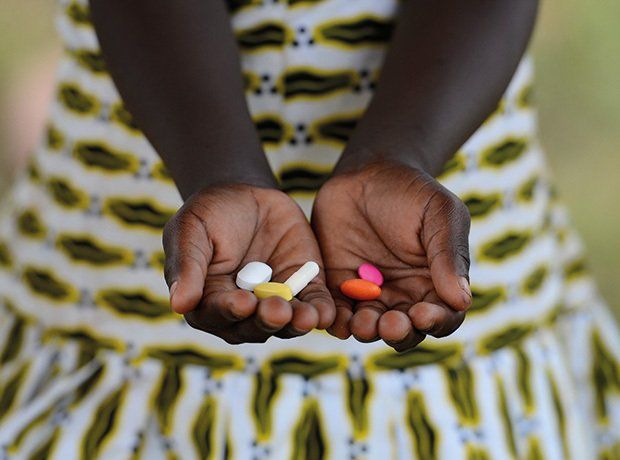Experts Say Universal Masking for COVID-19 in Hospitals is Not Necessary
Experts Say Universal Masking for COVID-19 in Hospitals is Not Necessary
- A group of medical experts say masks are no longer needed in healthcare settings to stop the spread of COVID-19.
- Given recent shifts in the pandemic, the experts argue that healthcare settings should treat the coronavirus that causes COVID-19 like other endemic respiratory pathogens.
- Masks can also impede communication with patients who are hard of hearing or who do not speak English as a first language.
- They argue health providers should stick with standard infection control now including requiring workers to wear a mask and eye protection when doing activities that could generate sprays to the face.
Universal masking in healthcare settings is no longer needed, a group of U.S. epidemiologists and infectious diseases experts proposed April 18 in a commentary published in the journal Annals of Internal Medicine.
These policies, which were enacted early in the pandemic to reduce illness and death associated with COVID-19, required staff, patients and visitors to wear face masks in hospitals and other healthcare facilities.
However, given recent shifts in the pandemic, the eight experts argue that healthcare settings should treat the coronavirus that causes COVID-19 like other endemic respiratory pathogens — using standard infection control practices.
A return to pre-pandemic guidelines for masks
These standard practices require healthcare workers to wear a mask and eye protection when doing activities that could generate sprays to the face. Staff should also use additional precautions when caring for patients with a suspected or confirmed respiratory infection.
In addition, those protocols require staff, patients and visitors with respiratory symptoms to wear a mask while in healthcare settings.
“With the arrival of effective vaccines and a large portion of the population who developed immunity from natural infection, transmission from individuals with asymptomatic infection is now less common than in the earlier stages of the pandemic,” commentary author Dr. Sharon Wright, chief infection prevention officer at Beth Israel Lahey Health in Boston, told Healthline.
When SARS-CoV-2 first emerged on the scene, it was a silent spreader — more than 50% or so of transmissions resulted from people without symptoms, some studiesTrusted Source
found.
In contrast, recent data — after the emergence of the Omicron variant — suggests that most transmissions now occur around or after the start of symptoms. Given the small number of studies, though, asymptomatic transmission is still a possibility, even among a population with a high level of immunity.
Wright points to other developments that have made COVID-19 easier to deal with in healthcare settings, including treatments for people with infection — such as the antiviral Paxlovid — and widely available clinic-based and at-home testing.
published on www.healthline.com by Shawn Radcliffe. accessed on 21st April 2023



